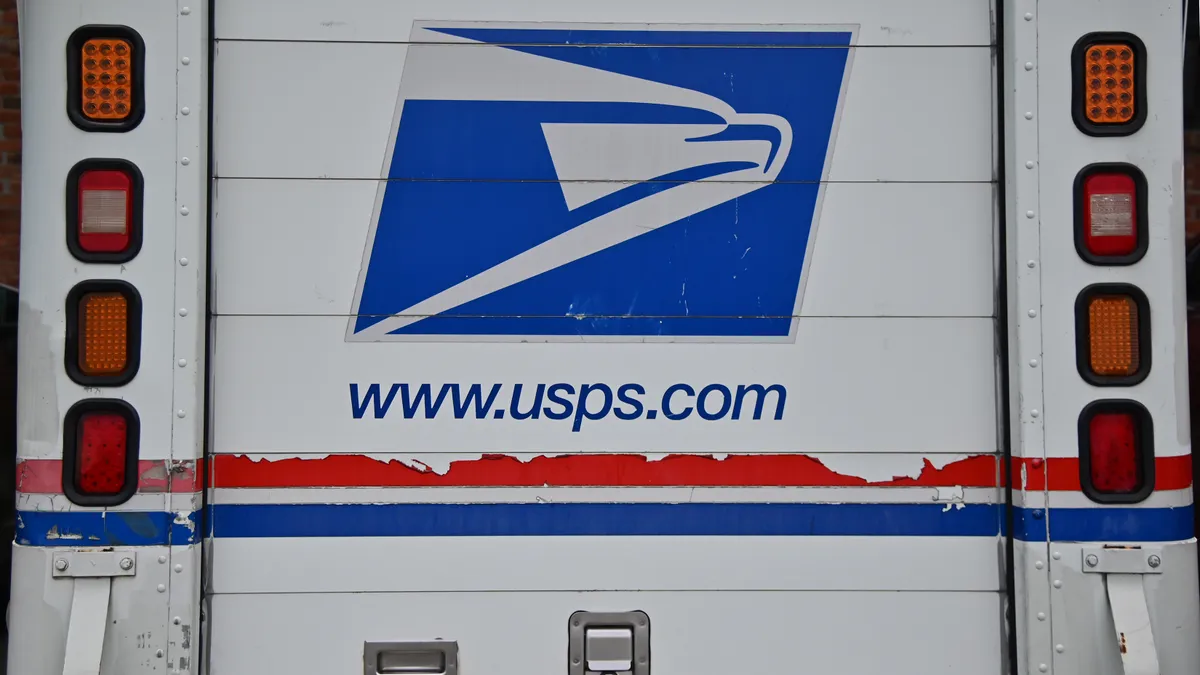Dive Brief:
- In late December, the White House gave the Postal Service 21 days to roll out a system to distribute half a billion COVID-19 tests. The feat required six surface transfer centers and a website that could withstand a massive surge in traffic.
- The technology team began upgrading its AWS backend systems and, by day seven, they were running hundreds of servers and testing critical components using JMeter.
- “CIO delays COVID test kit distribution because website is down,” was the headline USPS executive VP and CIO Pritha Mehra feared most. “That’s all we talked about in the CIO team: how do we keep the website up?,” she said at the AWS Summit in Washington last week.
Dive Insight:
The Postal Service turned to cloud to handle the demand for COVID-19 test kits, which reached ten million COVID-19 test kit orders per hour at its peak. In just the first two days of the operation, 54 million orders were accepted.
In addition to its AWS systems, the Postal Service relied on a second cloud platform, Microsoft Azure, for extra security and to ease nerves. For Mehra and her team, redundancy was key, a sentiment echoed by many analysts and industry leaders.
Once the technology was put into place, the agency needed to ensure that people wouldn’t take advantage of the free tests. For security, USPS used multiple AWS-native services to protect the site and the APIs. The Web Application Firewall (WAF) is the service the agency spent the most time tweaking, Mehra said.
“We had a lot of kids and friends trying to game the system, and I told them, ‘No, sir, it’s not going to happen,’” said Mehra.
The rollout, which began on Jan. 17, was not without its hiccups. Some users reported issues with the website’s address verification tool. In some cases, orders were flagged by an algorithm that had difficulty identifying multifamily and multi-unit spaces.
There were cases in which those addresses were not registered as multi-unit buildings, but “this was occurring in a small percentage of orders,” said Jim McKean, a USPS senior public relations representative. In response, the agency created a tool for customers to file service requests.
Currently, USPS is in the midst of its third phase of delivering COVID-19 kits, with recipients receiving eight tests per order via the multicloud system Mehra and her team deployed in December and January.
The Postal Service’s success in quickly ramping up its cloud-based operations is an example of what can be achieved using this technology. Globally, cloud revenues have continued to increase as service providers move toward offering industry-specific solutions.
Multicloud resiliency marks a shift in the industry from a reactive to a preventative approach. It gives organizations the flexibility to shift assets between providers, especially when redundancy is not otherwise possible.














